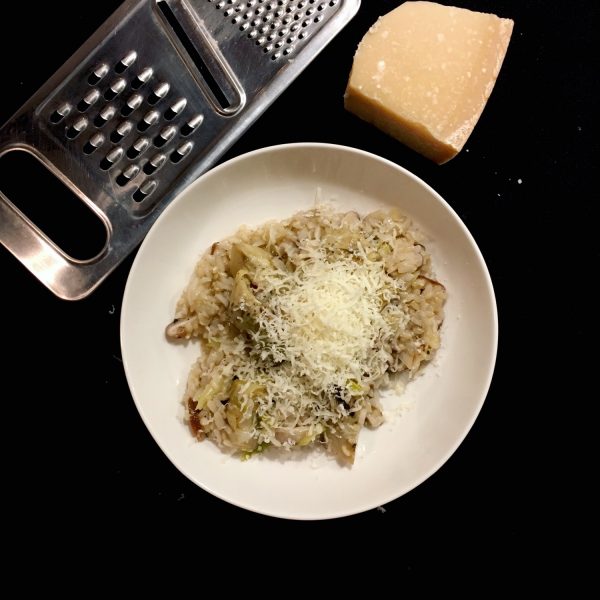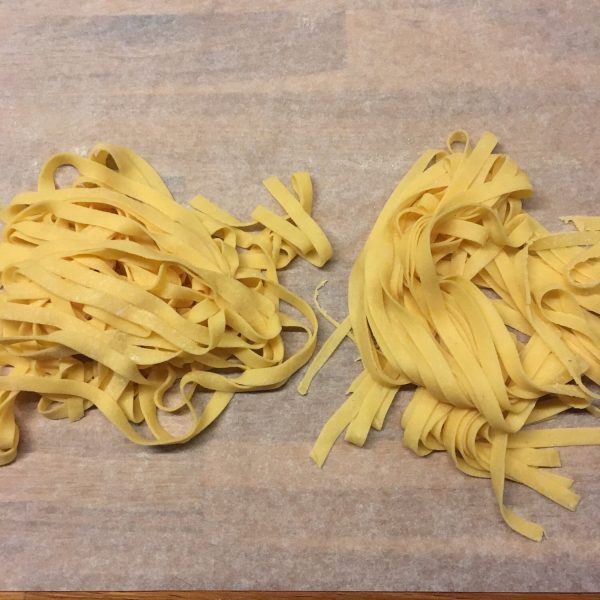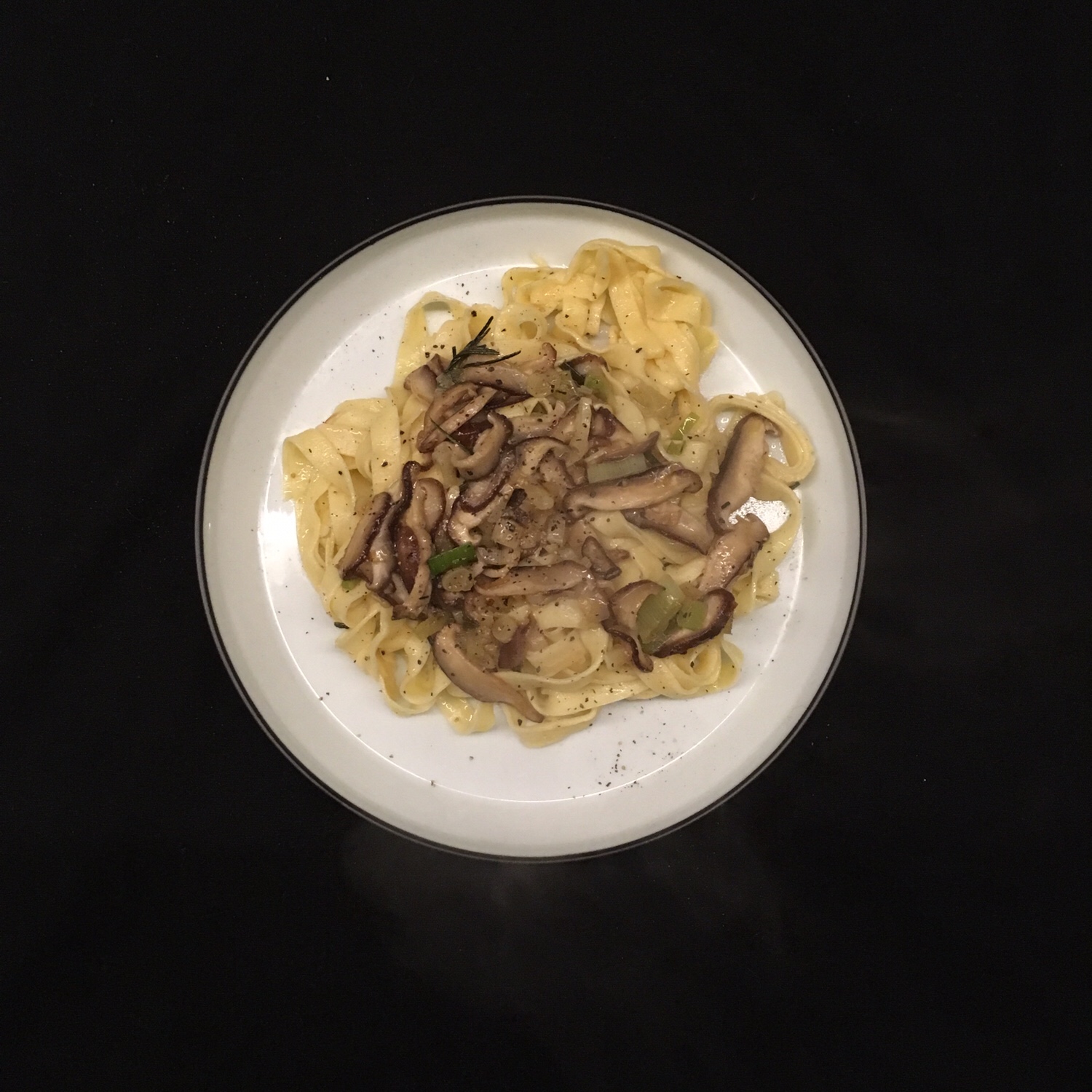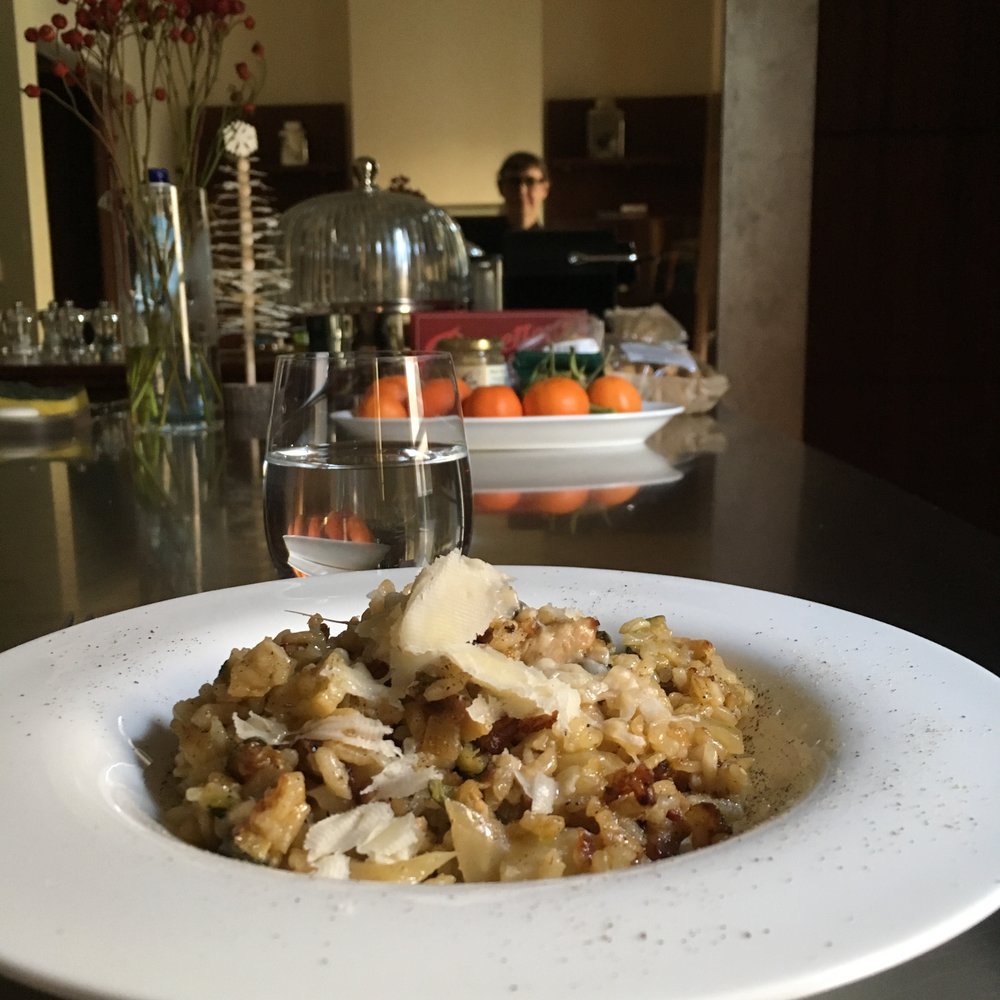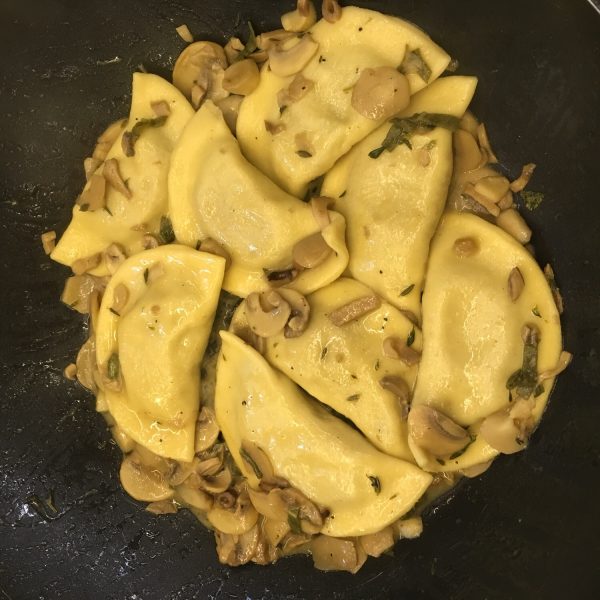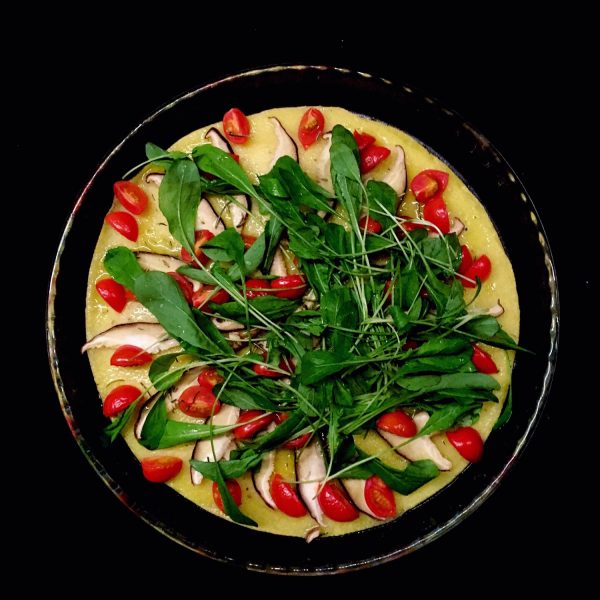In Japan people born from one Japanese parent and one foreign parent are called “half” (ハーフ) by Japanese people. Using the same idea I use like to use this word for my cooking recipes. Some would use different words such as ethnic food, fusion food or any other that means nothing to me. But “half” really captures my way of cooking. Whether it is French-Japanese or Italian-Japanese, it’s cooking “half” to me. When I make a Japanese quiche, or foie-gras suigyoza… This time, it’s a risotto I prepared, that is perfectly half, in ingredients and inspiration. Half Japanese and half Italian. The rice: 1/2 brown Koshihikari 1/2 Carnaroli; the vegetables: 2 small leeks for the base, then fresh shiitake and some olive oil preserved Italian purple artichokes (you can use fresh one if you can find some… but really in Tokyo it’s not easy…). I topped my risotto with some freshly gratted Parmigiano but it’s optional, A. prefers his risotto straight!
Half risotto (for 2 servings) :
– 60g of Carnaroli rice (or any risotto rice of your choice)
– 60g of brown Japanese rice (I use Koshihikari from Isumi, but it’s up to you to use the brown rice you like)
– 1 or 2 leeks depending on size
– 4-10 shiitake depending on size (I prefer smaller ones)
– 10 small purple artichokes (I used olive oil preserved ones)
– olive oil, salt, pepper, Parmigiano…
First chop the leek and cook in a large pan at low heat in a bit of olive oil, stir regularly so that they don’t change color. Wash and cut the shiitake. Prepare the artichokes if fresh and cut in halves unless very small and tender, if in olive oil drain them. Add the rices in the pan and a bit of olive oil. Increase the heat and stir often. When the rice becomes translucent add about 600ml of water (I don’t use broth because the leeks and mushrooms are alrrady bringing enough flavor), salt, pepper, the mushrooms and the fresh artichokes (if in olive oil, wait until the end). Cook under cover at medium-low heat until the liquid has almost disappeared. Add now the artichokes if they were in olive oil. Stir and serve rapidly. Add gratted Parmigiano if you like!
